Front Cover
HeterogeneousComputing with OpenCL
Copyright
Contents
Foreword
Preface
Our Heterogeneous World
OpenCL
This Text
Acknowledgments
About the Authors
Chapter 1: Introduction to Parallel Programming
Introduction
OpenCL
The Goals of This Book
Thinking Parallel
Concurrency and Parallel Programming Models
Structure
Reference
Further Reading and Relevant Websites
Chapter 2: Introduction to OpenCL
Introduction
Platform and Devices
The Execution Environment
Memory Model
Writing Kernels
Full Source Code Example for Vector Addition
Summary
Reference
Chapter 3: OpenCL Device Architectures
Introduction
Hardware trade-offs
The architectural design space
Summary
References
Chapter 4: Basic OpenCL Examples
Introduction
Example Applications
Compiling OpenCL Host Applications
Summary
Chapter 5: Understanding OpenCL's Concurrency and Execution Model
Introduction
Kernels, Work-Items, Workgroups, and the Execution Domain
OpenCL Synchronization: Kernels, Fences, and Barriers
Queuing and Global Synchronization
The Host-Side Memory Model
The Device-Side Memory Model
Summary
Chapter 6: Dissecting a CPU/GPU OpenCL Implementation
Introduction
OpenCL on an AMD Phenom II X6
OpenCL on the AMD Radeon HD6970 GPU
Memory Performance Considerations in OpenCL
Summary
References
Chapter 7: OpenCL Case Study
Introduction
Convolution Kernel
Conclusions
Code Listings
Reference
Chapter 8: OpenCL Case Study
Introduction
Getting Video Frames
Processing a Video in OpenCL
Processing Multiple Videos with Multiple Special Effects
Display to Screen of Final Output
Summary
Chapter 9: OpenCL Case Study
Introduction
Choosing the Number of Workgroups
Choosing the Optimal Workgroup Size
Optimizing Global Memory Data Access Patterns
Using Atomics to Perform Local Histogram
Optimizing Local Memory Access
Local Histogram Reduction
The Global Reduction
Full Kernel Code
Performance and Summary
Chapter 10: OpenCL Case Study
Introduction
Overview of the Computation
GPU Implementation
CPU Implementation
Load Balancing
Performance and Summary
Kernel for Uniform Grid Creation
Kernels for Simulation
Chapter 11: OpenCL Extensions
Introduction
Overview of Extension Mechanism
Device Fission
Double Precision
References
Chapter 12: OpenCL Profiling and Debugging
Introduction
Profiling with Events
AMD Accelerated Parallel Processing Profiler
AMD Accelerated Parallel Processing KernelAnalyzer
Walking through the AMD APP Profiler
Debugging OpenCL Applications
Overview of gDEBugger
AMD Printf Extension
Conclusion
Chapter 13: WebCL
Introduction
Designing the Framework
WebCL Pilot Implementation
WebCL Hands-on
Web Photo Editor
Discussion
Summary
Reference
Further Reading and Relevant Websites
Index

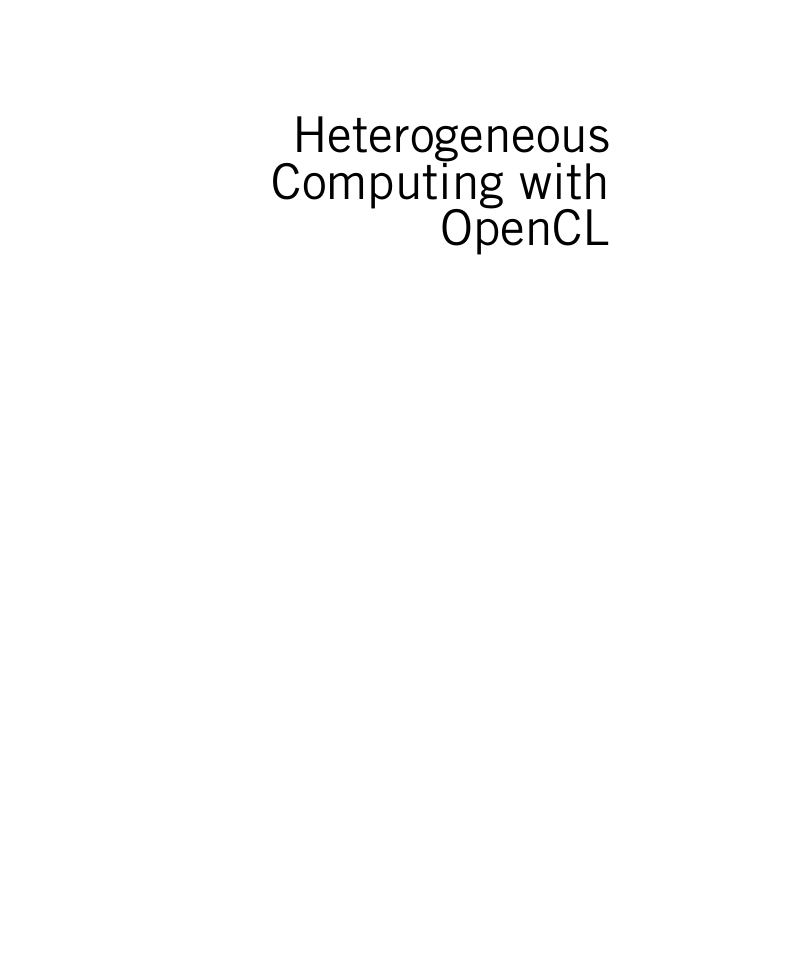

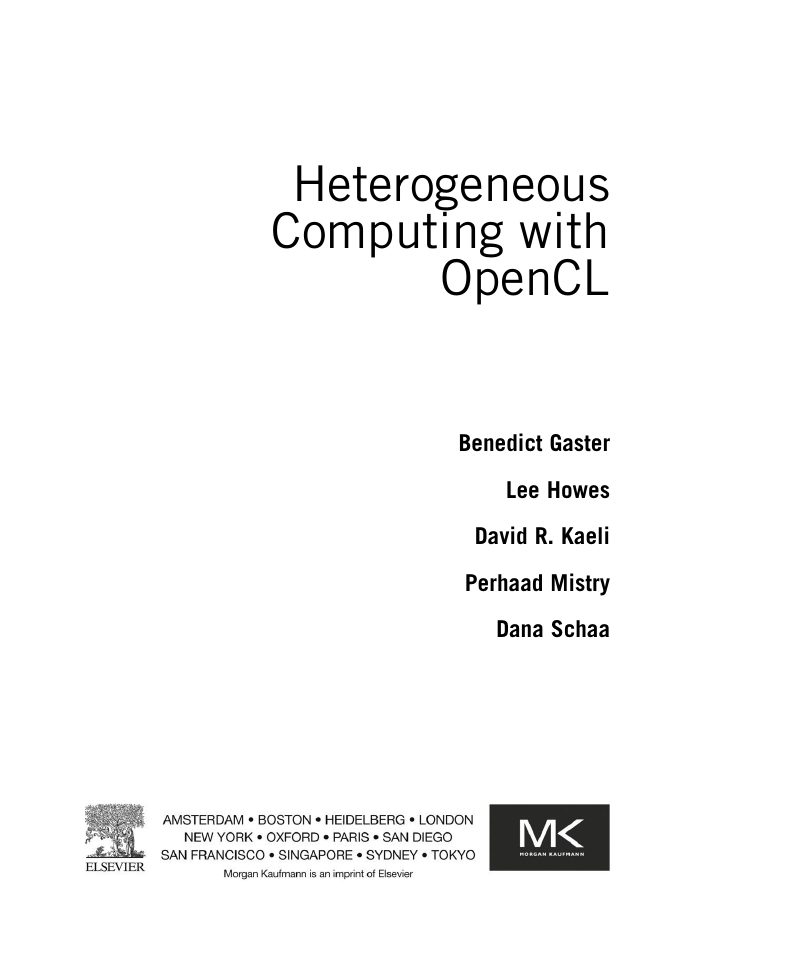
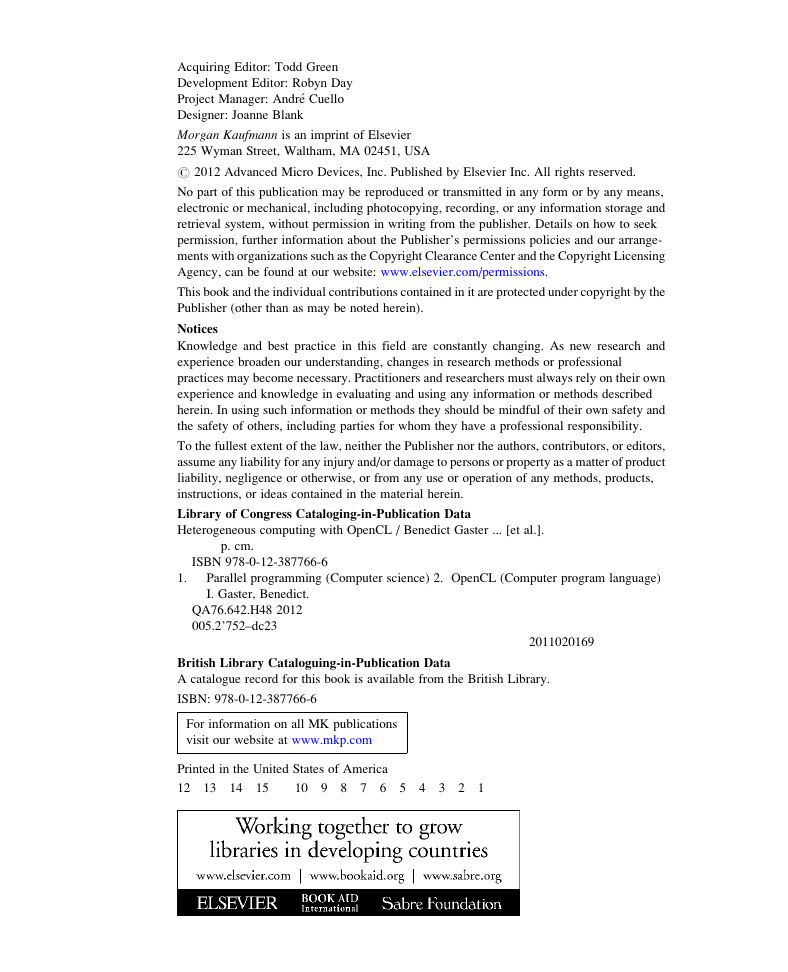
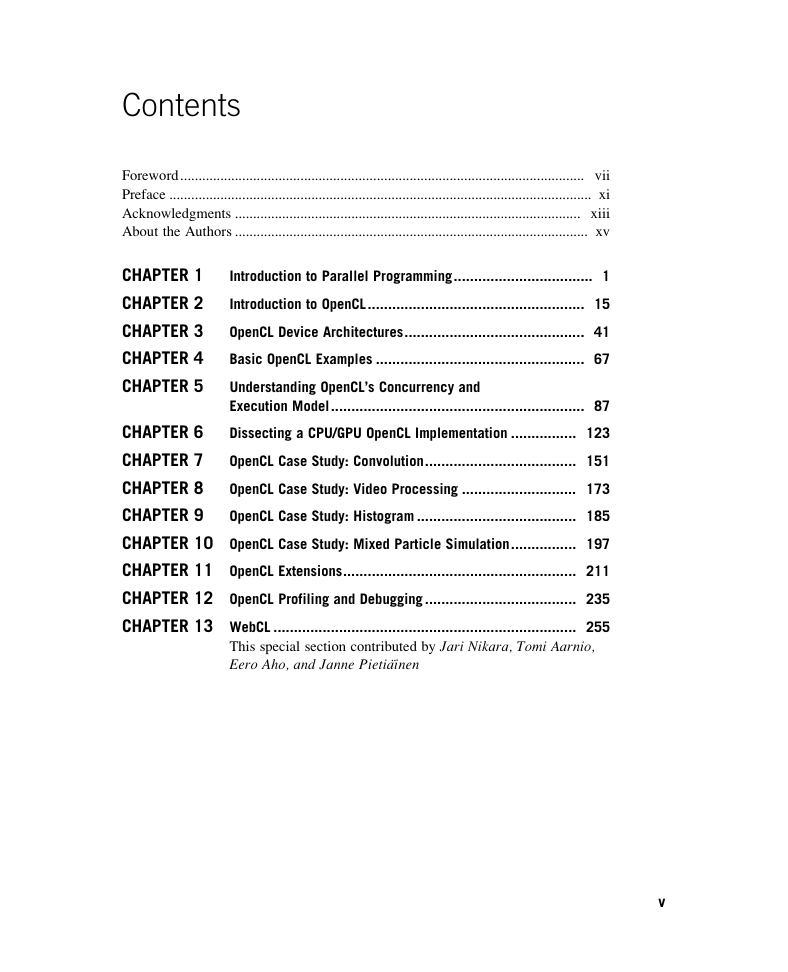

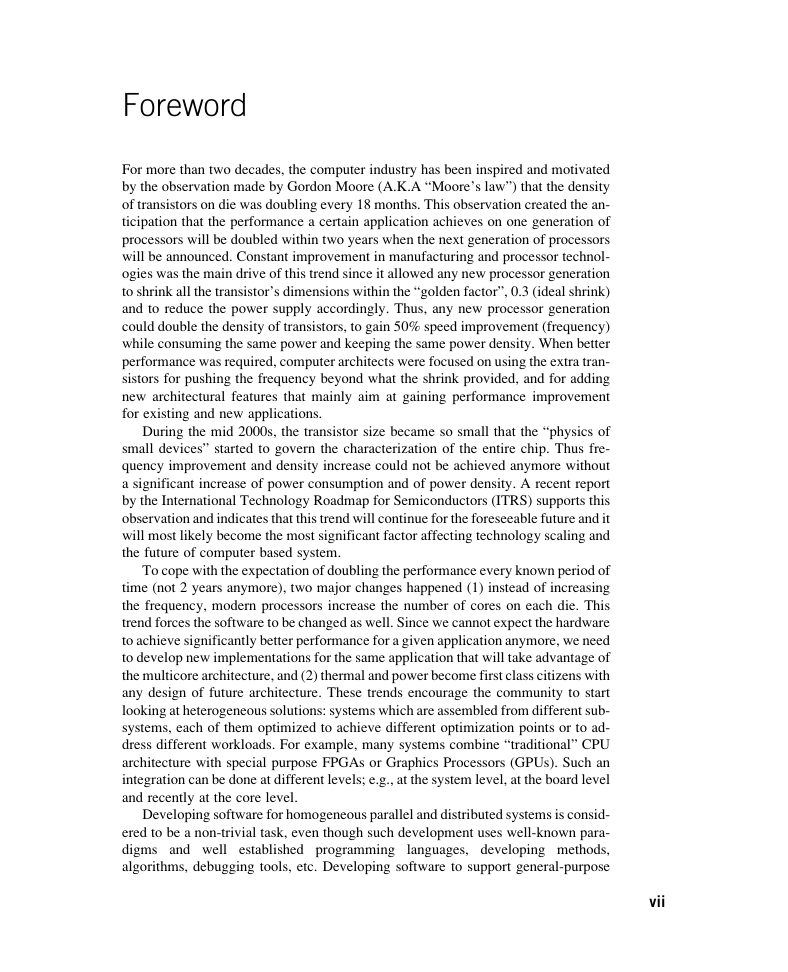








 2023年江西萍乡中考道德与法治真题及答案.doc
2023年江西萍乡中考道德与法治真题及答案.doc 2012年重庆南川中考生物真题及答案.doc
2012年重庆南川中考生物真题及答案.doc 2013年江西师范大学地理学综合及文艺理论基础考研真题.doc
2013年江西师范大学地理学综合及文艺理论基础考研真题.doc 2020年四川甘孜小升初语文真题及答案I卷.doc
2020年四川甘孜小升初语文真题及答案I卷.doc 2020年注册岩土工程师专业基础考试真题及答案.doc
2020年注册岩土工程师专业基础考试真题及答案.doc 2023-2024学年福建省厦门市九年级上学期数学月考试题及答案.doc
2023-2024学年福建省厦门市九年级上学期数学月考试题及答案.doc 2021-2022学年辽宁省沈阳市大东区九年级上学期语文期末试题及答案.doc
2021-2022学年辽宁省沈阳市大东区九年级上学期语文期末试题及答案.doc 2022-2023学年北京东城区初三第一学期物理期末试卷及答案.doc
2022-2023学年北京东城区初三第一学期物理期末试卷及答案.doc 2018上半年江西教师资格初中地理学科知识与教学能力真题及答案.doc
2018上半年江西教师资格初中地理学科知识与教学能力真题及答案.doc 2012年河北国家公务员申论考试真题及答案-省级.doc
2012年河北国家公务员申论考试真题及答案-省级.doc 2020-2021学年江苏省扬州市江都区邵樊片九年级上学期数学第一次质量检测试题及答案.doc
2020-2021学年江苏省扬州市江都区邵樊片九年级上学期数学第一次质量检测试题及答案.doc 2022下半年黑龙江教师资格证中学综合素质真题及答案.doc
2022下半年黑龙江教师资格证中学综合素质真题及答案.doc